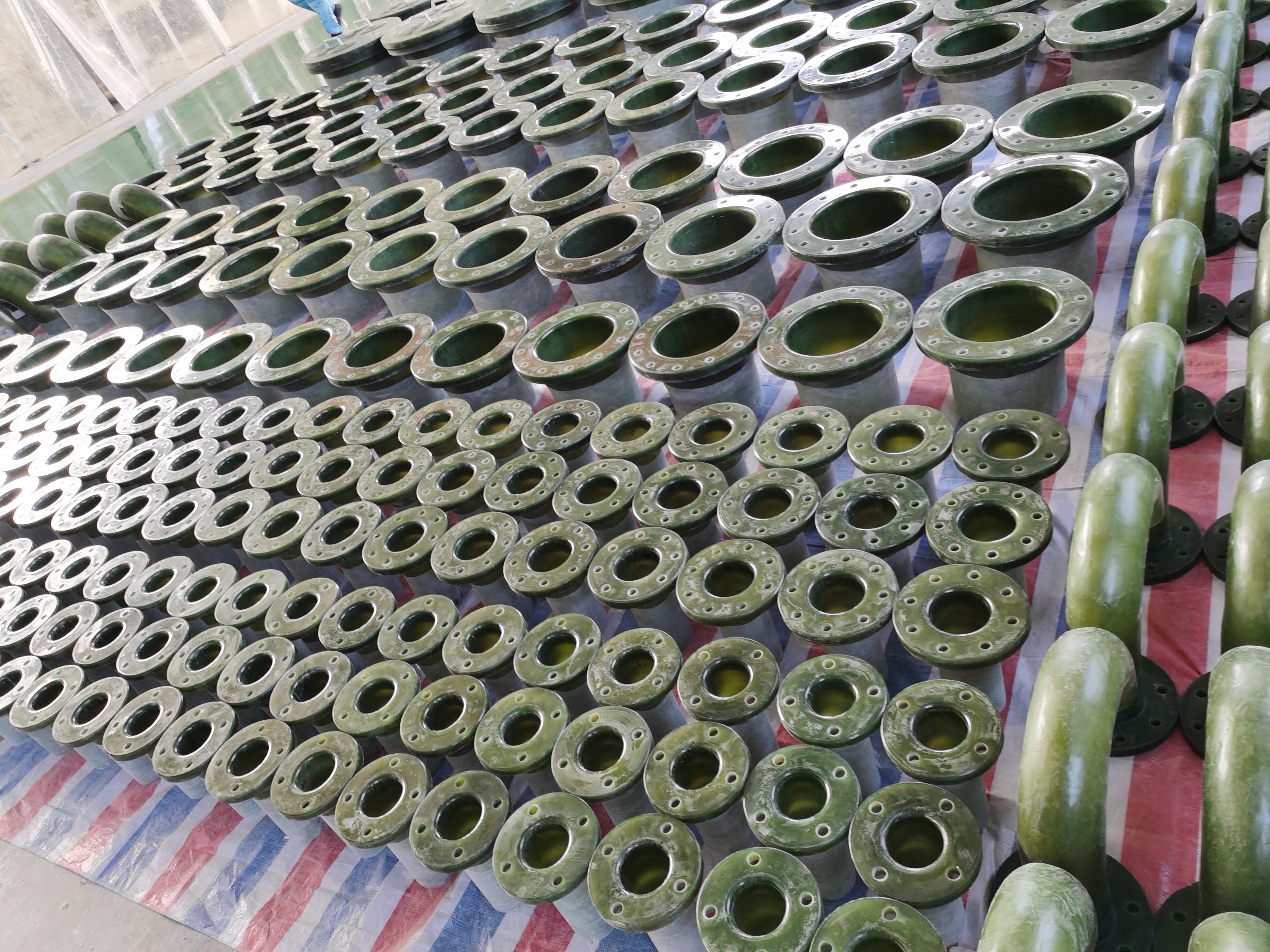
-
 Afrikaans
Afrikaans -
 Albanian
Albanian -
 Amharic
Amharic -
 Arabic
Arabic -
 Armenian
Armenian -
 Azerbaijani
Azerbaijani -
 Basque
Basque -
 Belarusian
Belarusian -
 Bengali
Bengali -
 Bosnian
Bosnian -
 Bulgarian
Bulgarian -
 Catalan
Catalan -
 Cebuano
Cebuano -
 China
China -
 China (Taiwan)
China (Taiwan) -
 Corsican
Corsican -
 Croatian
Croatian -
 Czech
Czech -
 Danish
Danish -
 Dutch
Dutch -
 English
English -
 Esperanto
Esperanto -
 Estonian
Estonian -
 Finnish
Finnish -
 French
French -
 Frisian
Frisian -
 Galician
Galician -
 Georgian
Georgian -
 German
German -
 Greek
Greek -
 Gujarati
Gujarati -
 Haitian Creole
Haitian Creole -
 hausa
hausa -
 hawaiian
hawaiian -
 Hebrew
Hebrew -
 Hindi
Hindi -
 Miao
Miao -
 Hungarian
Hungarian -
 Icelandic
Icelandic -
 igbo
igbo -
 Indonesian
Indonesian -
 irish
irish -
 Italian
Italian -
 Japanese
Japanese -
 Javanese
Javanese -
 Kannada
Kannada -
 kazakh
kazakh -
 Khmer
Khmer -
 Rwandese
Rwandese -
 Korean
Korean -
 Kurdish
Kurdish -
 Kyrgyz
Kyrgyz -
 Lao
Lao -
 Latin
Latin -
 Latvian
Latvian -
 Lithuanian
Lithuanian -
 Luxembourgish
Luxembourgish -
 Macedonian
Macedonian -
 Malgashi
Malgashi -
 Malay
Malay -
 Malayalam
Malayalam -
 Maltese
Maltese -
 Maori
Maori -
 Marathi
Marathi -
 Mongolian
Mongolian -
 Myanmar
Myanmar -
 Nepali
Nepali -
 Norwegian
Norwegian -
 Norwegian
Norwegian -
 Occitan
Occitan -
 Pashto
Pashto -
 Persian
Persian -
 Polish
Polish -
 Portuguese
Portuguese -
 Punjabi
Punjabi -
 Romanian
Romanian -
 Russian
Russian -
 Samoan
Samoan -
 Scottish Gaelic
Scottish Gaelic -
 Serbian
Serbian -
 Sesotho
Sesotho -
 Shona
Shona -
 Sindhi
Sindhi -
 Sinhala
Sinhala -
 Slovak
Slovak -
 Slovenian
Slovenian -
 Somali
Somali -
 Spanish
Spanish -
 Sundanese
Sundanese -
 Swahili
Swahili -
 Swedish
Swedish -
 Tagalog
Tagalog -
 Tajik
Tajik -
 Tamil
Tamil -
 Tatar
Tatar -
 Telugu
Telugu -
 Thai
Thai -
 Turkish
Turkish -
 Turkmen
Turkmen -
 Ukrainian
Ukrainian -
 Urdu
Urdu -
 Uighur
Uighur -
 Uzbek
Uzbek -
 Vietnamese
Vietnamese -
 Welsh
Welsh -
 Bantu
Bantu -
 Yiddish
Yiddish -
 Yoruba
Yoruba -
 Zulu
Zulu
frp desalination pipes and fittings for efficient water treatment ...
Efficient Water Treatment The Role of FRP Desalination Pipes and Fittings
In an era where freshwater resources are becoming increasingly scarce due to population growth and climate change, innovative technologies for water treatment are essential. One such advancement is the use of Fiber-Reinforced Plastic (FRP) pipes and fittings in desalination processes. These materials have gained significant traction in the water treatment industry due to their superior properties, efficiency, and environmental benefits.
Understanding FRP Materials
Fiber-Reinforced Plastic is a composite material made from a polymer matrix reinforced with fibers, typically glass or carbon. This combination results in a product that is not only lightweight but also extremely strong and corrosion-resistant. As desalination plants operate in challenging environments, where exposure to saltwater and harsh chemicals is common, the durability of FRP pipes and fittings proves invaluable.
Advantages of FRP in Desalination
1. Corrosion Resistance Unlike traditional materials such as steel or concrete, FRP does not corrode when in contact with saline water. This resistance extends the lifespan of piping systems, reducing maintenance costs and downtime associated with repairs.
2. Lightweight and Easy Installation FRP pipes are significantly lighter than their metal counterparts, making transportation and installation easier and more cost-effective. The reduced weight allows for simpler handling during construction, leading to quicker project completions.
frp desalination pipes and fittings for efficient water treatment ...

3. Cost Efficiency While the initial investment in FRP may be higher than traditional materials, the long-term savings from reduced maintenance, operational downtime, and replacement needs make it a financially viable option. The longevity of FRP systems means they remain effective over the years without the added costs of frequent repairs.
4. Flexibility in Design FRP materials can be molded into various shapes and sizes, allowing for greater flexibility in design. This adaptability means that engineers can create specific solutions tailored to the unique requirements of each desalination facility, optimizing performance and efficiency.
5. Environmental Impact The use of FRP contributes to more sustainable water treatment processes. Its manufacturing process can be more environmentally friendly compared to traditional materials, and the longevity of FRP systems reduces the need for frequent replacements, which in turn mitigates waste.
Applications in Desalination
In desalination facilities, FRP pipes and fittings are used for various applications, including high-pressure systems that transport seawater to the treatment plant and systems that deliver treated water for distribution. The resilience of FRP allows it to withstand high pressures associated with reverse osmosis processes, one of the most common methods of desalination.
Conclusion
As the demand for freshwater continues to rise, it is imperative to adopt technologies that not only meet this demand but do so sustainably. Fiber-Reinforced Plastic pipes and fittings represent a significant step forward in the desalination industry. Their unique properties—corrosion resistance, lightweight nature, cost efficiency, design flexibility, and environmental benefits—make them an ideal choice for efficient water treatment. As the industry continues to advance, FRP materials will likely play an increasingly vital role in ensuring that communities around the world have access to safe, clean drinking water.
Latest news
-
Exploring the Benefits of Top Hammer Drifter Rods for Enhanced Drilling PerformanceNewsJun.10,2025
-
High-Precision Fiberglass Winding Machine for GRP/FRP Pipe Production – Reliable & Efficient SolutionsNewsJun.10,2025
-
FRP Pipes & Fittings for Shipbuilding - Corrosion-Resistant & LightweightNewsJun.09,2025
-
Premium FRP Flooring Solutions Durable & Slip-ResistantNewsJun.09,2025
-
Premium Fiberglass Rectangular Tanks Durable & Lightweight SolutionNewsJun.09,2025
-
Tapered Drill String Design Guide Durable Performance & UsesNewsJun.09,2025









